
It’s difficult to meet someone who isn’t enthralled with birds. The beauty of birds is practised everywhere, whether in the nation or abroad. So far, more than ten thousand bird species have been discovered across the planet. It’s difficult to find someone who isn’t pleased to see birds chirping and flying around. Bird flocks may be seen in nearly every country. Birds come in a variety of shapes and sizes, from pets to migrating birds. Birds, particularly migratory birds, traverse vast distances from one location to another during different periods of the year. Short-term irregular movements are more frequent in such transitions. The majority of birds are sociable animals. Visual clues, cries, and whistles are used to communicate with one another. Birds have a far greater economic value. Their value as a food source is enormous. Many species are hunted for meat, while others are raised economically. It’s difficult to say which birds are the most attractive. Because the bulk of the world’s birds are stunning. Because of their physical form, exquisite colour, and other exceptional features, certain birds are considered as the most beautiful birds in the world. The following is a list of the top ten most beautiful birds in the planet.
- Keel-billed Toucan
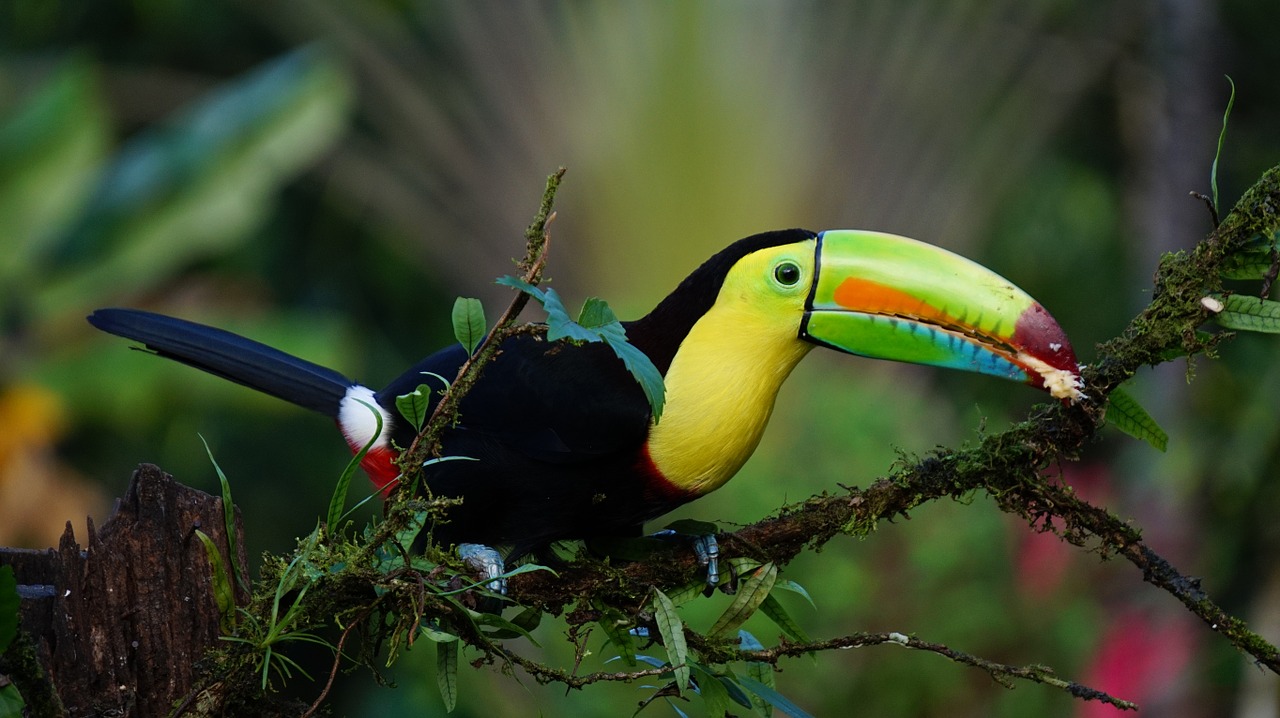
Kill-Build Toucan is also one of the world’s most beautiful birds. The kill-billed token is also known as the rainbow-billed token because to its multicoloured bills. This lovely bird may be found in Central and South American woods. This bird may reach a length of 20 cm and a weight of 4 kg. The centimeter-long, elegant beak of these birds is their distinguishing characteristic. These birds come in a variety of hues. The hue of its lips is a combination of green, red, and yellow. Due to their enormous weight, these birds are typically unable to travel great distances. They can only move and leap between the tree’s branches.
Kyle-Build Token is a gregarious bird. They congregate in tiny groups of thirty birds. They dwell in natural or man-made tree holes. Insects, lizards, and eggs make up the majority of their food. These big, colourful beaks are also used to attract females during breeding season and as a defensive weapon.
- Crane
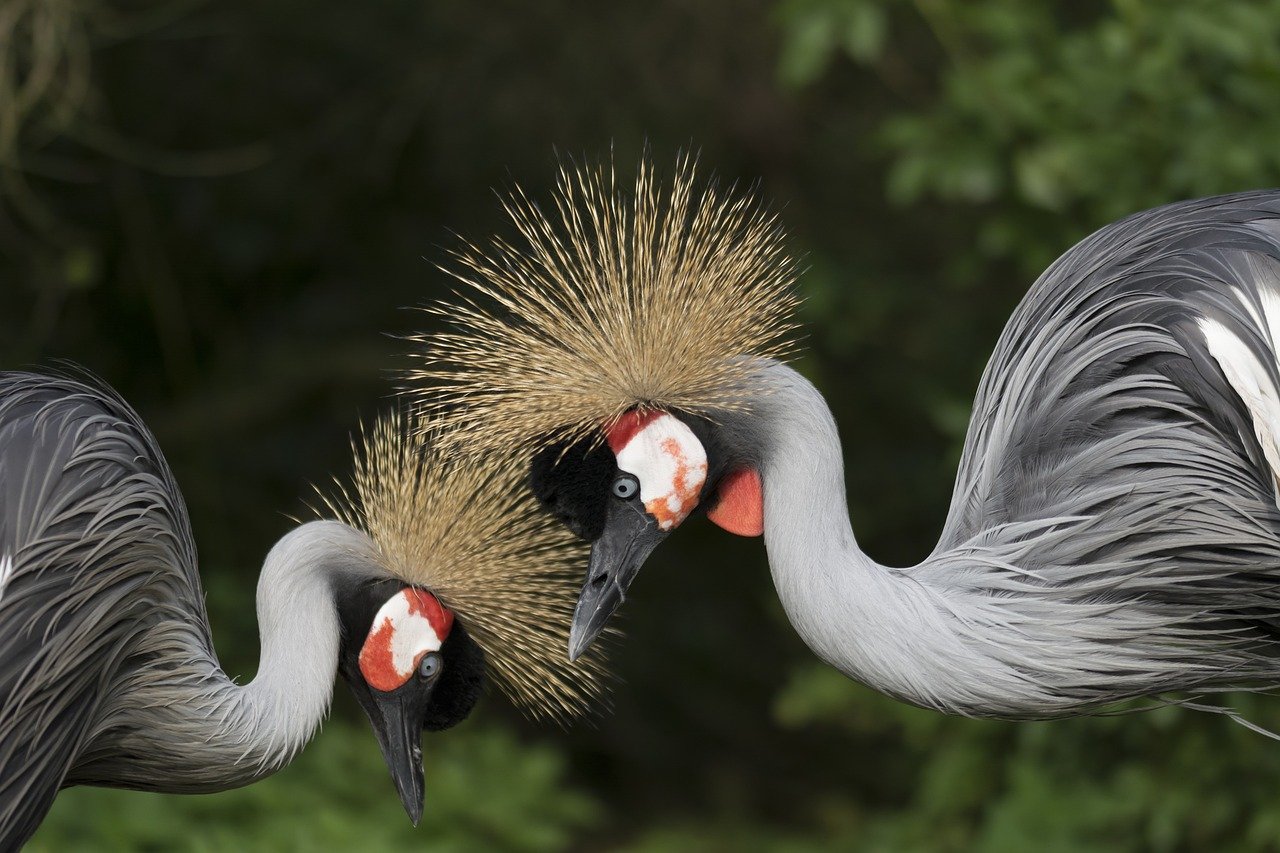
The crane is one of the world’s flying birds. This bird measures between 70 and 150 cm in length. These birds may be found on virtually all of the world’s continents. Cranes are big birds with a streamlined body, long, rounded wings, and a long neck and legs. Their bodies create a straight line from beak to toes in flight, creating a lovely, graceful sight. Their body feathers have a variety of hues that vary depending on where they are. Cranes have fascinated people for millennia, from their loud cries to their complex dances.
These amazing birds have a complex vocal communication system as well. Each kind has a distinct loudness and tone. Crane chicks begin learning their “language” as soon as they hatch, and by the end of their first year, they have learned at least six sounds. Their voices had also deepened, getting louder and stronger at this point. A whooping crane’s cry may be heard from up to a mile distant.
TIn North America, Africa, Europe, Asia, and Australia, these birds use marshes and grasslands. Cranes are omnivorous, eating everything from snails to acorns, insects, and snakes. They are willing to adapt their eating habits in order to take advantage of whatever is offered. Cranes in the San Diego Zoo Safari Park consume an unique crane diet that includes greens and mealworm larvae.
Young and old cranes equally engage in elaborate, enthusiastic “dance,” which is frequently simply for fun! Dancing aids the development of physical and social abilities in children. It’s a courting ritual for single people, as well as getting existing couples ready to procreate. Once a dance begins among a flock of cranes, it may swiftly spread, with all of the cranes joining in.
Cranes can lay up to four eggs in a clutch, although two is the most typical number. To help deflect extra heat, eggs produced in warmer areas are white or light-colored. Eggs deposited in colder climates are darker in colour, allowing them to absorb more heat.
- Blue Jay
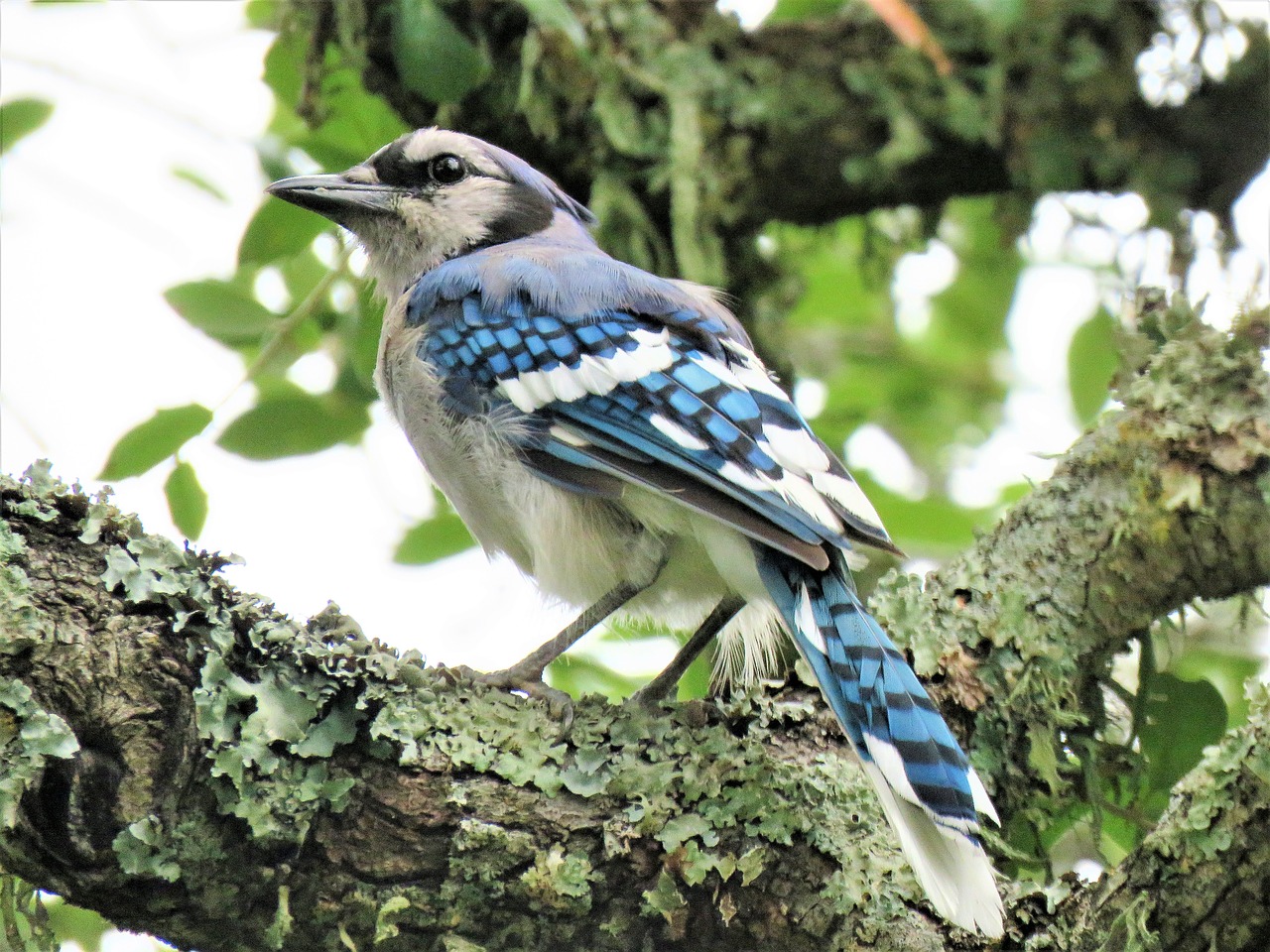
Blue jays are among the world’s most clever and attractive birds. The blue jay is a passerine bird that is endemic to eastern North America and belongs to the Corvidae family. It has a blue crest and a mainly blue body with a white breast and underparts. It wears a black U-shaped collar around its neck and a black border behind the crest. Males and females are around the same size. This songbird’s most distinctive trait is its loud “jay jay”-like calls. Blue jays are known for their intellect in addition to their beautiful looks. Blue jays are known to be violent against other birds, raiding nests and decapitating other birds. Blue jays also imitate hawks’ sounds to fool other birds. Blue jays in captivity are reported to be able to imitate human speech and the voices of other pets.
Both sexes contribute to the construction of an open cup nest among the branches of a tree. Two to seven eggs, blueish or light brown with brown markings, make up the clutch. The young are altricial, and the female broods them for 8–12 days after they hatch. They may spend one to two months with their parents. Blue jays live in small groups and are sociable birds. During migration to the south in the winter, however, they form huge flocks of hundreds of blue jays. Scientists are still baffled by their migratory patterns. During the winter, not all blue jays migrate. Some birds stay put in their natural habitat. In addition, blue jays do not migrate every year.
- Atlantic Puffin

The Atlantic puffin is a tiny, well-adapted seabird that may be found throughout the northern and eastern coasts of the United States and Canada. The Atlantic puffin (Fratercula arctica), often known as the common puffin, belongs to the auk family of seabirds. Because of their large, multicoloured bills and penguin-like colouring, Atlantic puffins are sometimes known as “sea parrots.”
The majority of their lives are spent at sea for Atlantic puffins. While swimming, their water-resistant feathers keep their bodies warm. They swim on the surface and underwater by flapping their wings. The Atlantic puffin, like many other seabirds, spends the most of its time away from land, in the open ocean, and only enters coastal regions to nest. It is a gregarious bird that nests in huge colonies.
Puffins in the Atlantic have outstanding diving ability. It can swim quickly and dive to great depths, staying underwater for up to a minute. They can flap their wings up to 400 times each minute to attain a top speed of 55 miles per hour. It can consume shallow-bodied fish up to 18 cm long, although most of its food is smaller, approximately 7 cm long. An adult bird need around 40 of them each day to survive.
They breed on the islands of the North Atlantic Ocean throughout the summer and spring. In the cliffs’ burrows, they make nests from of feathers and grass. Only one egg is laid by the female, and it takes 45 days for it to hatch. Adult puffins leave the nest after the babies hatch to obtain nourishment. They carry with them
- Peacock

The peacock is a stunning bird that belongs to the Phasianidae family. Peacocks are known for their vivid display of iridescent tail feathers, especially in male birds. In Asia, there are two species of peacock, and in Africa, there is just one species of peacock, Afropavo. The blue peacock and the green peacock are the two kinds found in Asia. The Afropavo congensis peacock is an African species. India’s national bird is the blue peacock. They may be found all across the subcontinent of India. From Myanmar to Java, the green peacock may be found. They are classified as endangered species because their numbers are falling at an alarming rate across the world. Historically, the animal has been regarded as a Myanmar national symbol.
Peacocks often reside in woods and lay their eggs in the ground. It is, nevertheless, occasionally observed in the area. They approach humans quite near, especially in protected places. They eat everything. Plant components, insects, seed husks, flower petals, and tiny arthropods are all eaten by seedlings. They deposit eggs and watch them hatch. Like chicks, young children feed alongside their moms. When he senses danger, he flees under the protection of his mother’s wings. Like chickens, the young ones hide under their mothers’ feathers and occasionally hop on their backs.
The white peacock’s feathers are all white. Feathers are also produced by the female peacock, but they are used to frighten the adversary. Female peacocks are significantly smaller than males. Peacocks reside in trees, but also in wild birds and clay burrows. They are classified as terrestrial eaters. Peacocks are thought to be polygamous in all species. They, like the Galliformes, utilise their toenails to defend themselves from predators.
- Golden Pheasant
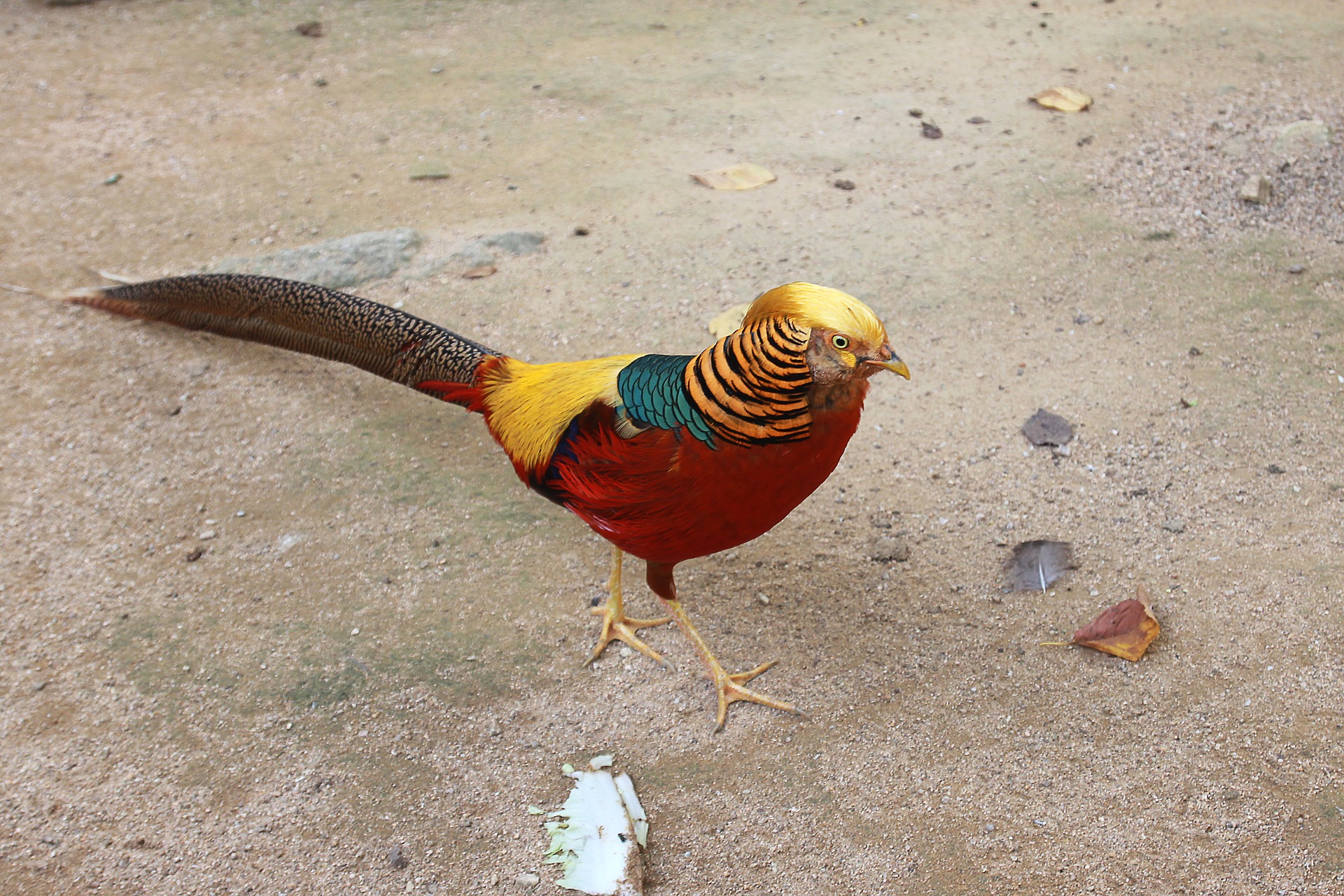
The Golden Pheasant, commonly known as the “Chinese Pheasant,” is a popular pheasant species endemic to the hilly regions of Western and Central China. The brightly colourful plumage of golden pheasants is well-known. They have a lovely golden-yellow crest with crimson tips. Their faces and underparts are both brilliant red. Rusty tan on the sides and neck. The golden pheasant’s wattle is yellow, and its upper back is green. They also have a long, pale brown tail and vivid red shoulder feathers.
The brilliant coloration of male Golden Pheasants makes them clearly identifiable. They have a golden crest with crimson tips that runs from the top of their heads to the bottom of their necks. Female Golden Pheasants are duller and less colourful than males. They have mottled brown plumage, a pale brown face, neck, breast, and flanks, pale yellow feet, and seem skinny.
Dense woods and woodlands, as well as thin undergrowth, are ideal environments for the Golden Pheasant. Berries, seeds, and insects are their primary sources of nutrition.
The Golden Pheasant is a shy bird that spends the day hiding in dark, thick forests and woodlands and the night roosting in extremely high trees. They may take off in a quick, rapid upward motion, making an unique wing sound. A ‘chack chack’ sound can be heard in the vocalisations. During the mating season, males have an unique metallic cry. The males will also extend their neck feathers over their heads and beaks like a cape during their extravagant wooing ritual.
In April, female Golden Pheasants lay 8–12 eggs. The incubation period is around 22–23 days. After 12–14 days, the chicks fledge. Males develop their vivid colours in their second year, although they are sexually mature in their first. A Golden Pheasant has a lifespan of 5–6 years.““The IUCN lists Golden Pheasants as being of “Least Concern.”
- Australian king parrot

Only eastern Australia, from Cooktown in Queensland to Port Campbell in Victoria, is home to the Australian king parrot. It’s a lovely parrot that may be found all throughout Australia. These parrots are between 40 and 50 centimetres in length. This bird is more common in hilly areas, where it may be seen nesting in the trees. The most prevalent environments for king parrots are rainforests and wet sclerophyllous woods.
Male Australian king parrots are the only parrots with fully red heads in Australia. Females have the same appearance as males, but their heads and chests are entirely green. Red bellies and green backs, as well as long green tails and green wings, are shared by both sexes. King parrots are most commonly seen in couples or family groupings. With a green head and breast, a grey beak, and a thin or missing light shoulder band, the female’s plumage differs substantially from that of the male. Both sexes have brown irises and a yellowish beak as juveniles, but otherwise look like the female.
Kings-Parrots deposit their eggs on a bed of rotting wood dust at the bottom of a deep hole in a tree trunk. The entrance is generally 10 metres up in the tree, although the eggs are near to the ground.
- Rainbow Lorikeet

The lorikeet is a big, well-known bird. With a brilliant red breast, blue/black belly and head, and a red beak, this bird is highly colourful. The rainbow lorikeet is a medium-sized parrot that is between 25 and 30 cm in length, including the tail. The weight ranges between 75 and 157 g. Rainbow lorikeets are medium-sized parrots with a beak to tail feather length of little over a foot. They are sweet-natured and brightly coloured. When its favourite person is nearby, this bird, like a newborn puppy, promotes play. This bird is not bashful and will alert you if it requires assistance.
Rainbow lorikeets are superb talkers that can pick up on a wide range of words and phrases. They are loud birds with frequent squawks and a high-pitched tone. The rainbow lorikeet is found throughout the eastern coast of Australia, from northern Queensland to southern Australia. Rainbow lorikeet colonies have been formed in Perth, Western Australia, Tasmania, New Zealand, and Hong Kong since then. The rainbow lorikeet may be found in rainforest, shrub, and woodland trees. Rainbow lorikeets may travel up to 40 kilometres in a single day in search of food. They frequently fly in loud flocks of a dozen or more birds. It may be found in a variety of environments, including cities. In the evening and early morning can be seen roosting in very large, noisy flocks.
Rainbow lorikeets eat mostly fruit, pollen, and nectar, and have a tongue designed specifically for their diet. A papillate appendage at the tip of the tongue is designed to collect pollen and nectar from flowers. They also eat Ficus, Trema, and Mutingia fruits, as well as papaya and mangoes.
- Hyacinth Macaw

The hyacinth macaw is a South American parrot that is endemic to Central and Eastern America. The Hyacinth Macaw is the biggest flying parrot species in the planet. They live in Northern Brazil’s savanna grasslands and semi-open regions. Wild bird populations have suffered greatly as a result of habitat degradation and trapping for the pet trade. It is protected under the Convention on International Trade in Endangered Species of Wild Fauna and Flora’s Appendix I. (CITES).
The hyacinth macaw is the world’s biggest parrot by length, measuring 3 feet 3 inches from tip of tail to top of head and weighing 1.2–1.7 kg. Each wing measures 38.8–42.5 cm in length. The tail is long and slender, with a pointed tip. Its feathers are completely blue, with a paler blue on top. The neck feathers, on the other hand, can be somewhat grey at times. A bright, brilliant yellow ring surrounds the parrots’ eyes, as well as the region directly behind the beak. The Hyacinth Macaw is known for its stunning cobalt blue plumage with brilliant yellow rings around the eyes, in addition to its enormous size. The Hyacinth Macaw is often known as the “blue Macaw” because of its beautiful colouring. They also have a very long tail and a powerful, curved body.
Brazil nuts from local palms such as acuri and bocaiuva palms make up the majority of the hyacinth macaw’s diet. For consuming the kernels of hard nuts and seeds, they have exceptionally powerful beaks. Coconuts, big brazil nut pods, and macadamia nuts can all be cracked with their powerful beaks.““Nesting occurs from July to December, with nests built in tree cavities or on cliff cliffs depending on the environment. The toucan is responsible for a substantial portion of the seed distribution of the manduvi tree, which the macaw need for reproduction.
10. Wood Duck
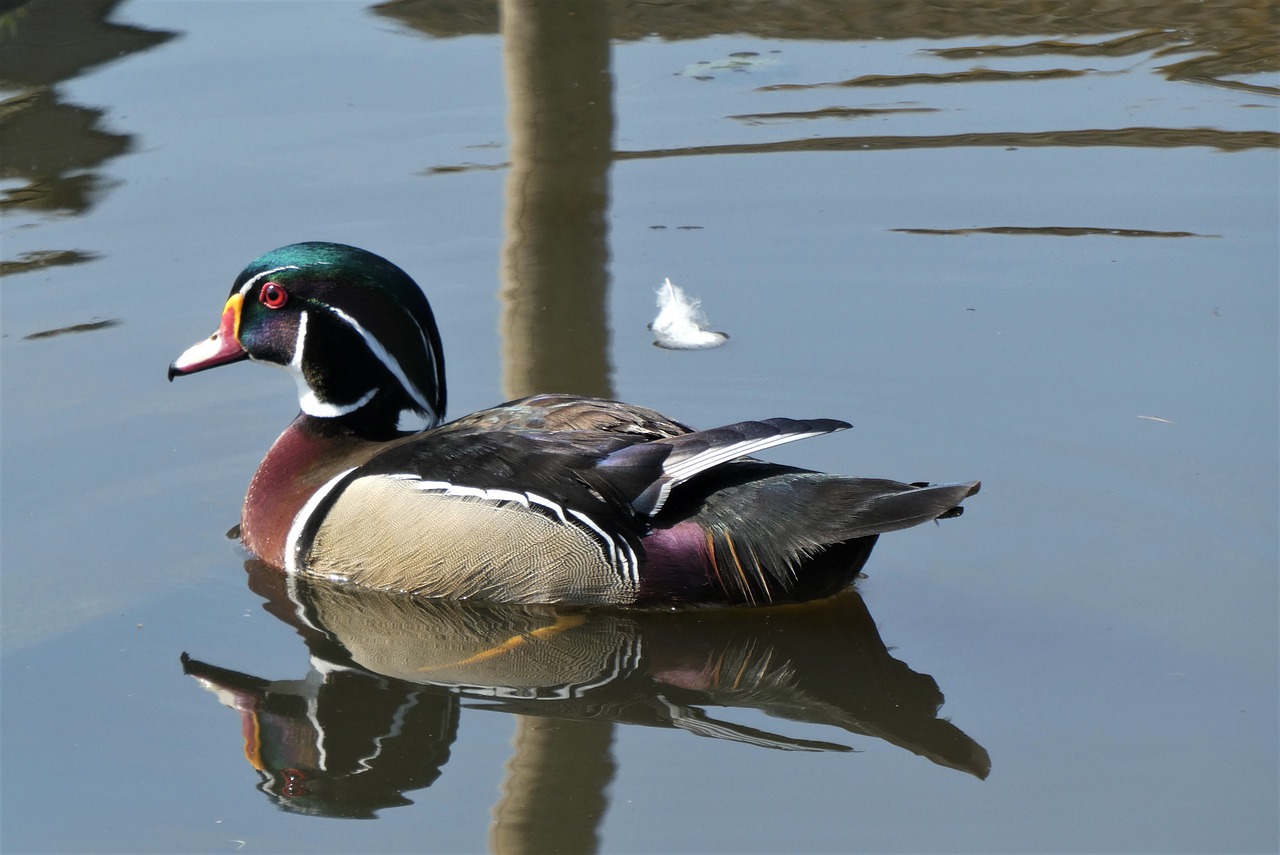
The wood duck, sometimes known as the Carolina duck (Aix sponsa), is a North American perching duck. A boxy, crested head, a slender neck, and a long, wide tail distinguish from other ducks. They hold their heads up high in flight, occasionally bobbing it. Their profile is characterised by a thin neck, large body, thick tail, and short wings.
It is one of the most colourful ducks in North America. The wood duck is one of the most colourful birds in the planet. Males have a glossy green head with white stripes, a chestnut breast, and buffy flanks in excellent light. They’ll seem black overall with lighter sides in low or harsh light. Females have gray-brown breasts with white speckles.
Males lose their pale flanks and strong stripes in eclipse plumage (late summer), but keep their brilliant eyes and beak. Females and juveniles are quite similar. Brazil nuts from local palms such as acuri and bocaiuva palms make up the majority of the hyacinth macaw’s diet. For consuming the kernels of hard nuts and seeds, they have exceptionally powerful beaks. Coconuts, big brazil nut pods, and macadamia nuts can all be cracked with their powerful beaks.
In forested swamps, marshes, streams, beaver ponds, and small lakes, look for Wood Ducks. They prefer wetland regions with trees or a lot of cattails. Wood Ducks are cavity nesters and readily accept nest boxes.
Unlike other birds, wood ducks sit and nest in trees and fly through woods with ease. Their big tail and short, wide wings help their manoeuvrability. When swimming, the head jerks back and forth like a strolling pigeon’s. Wood Ducks are often observed in small groups (fewer than 20) to preserve a safe distance from other waterfowl. Listen for the female’s call as these wary birds flush.
